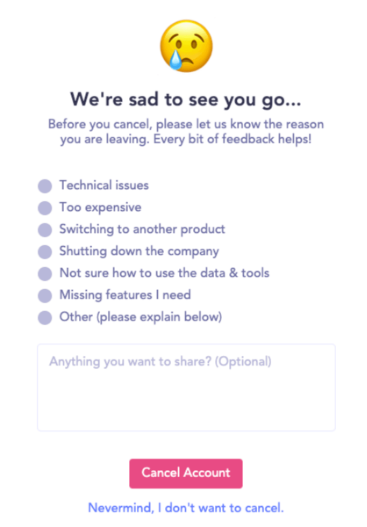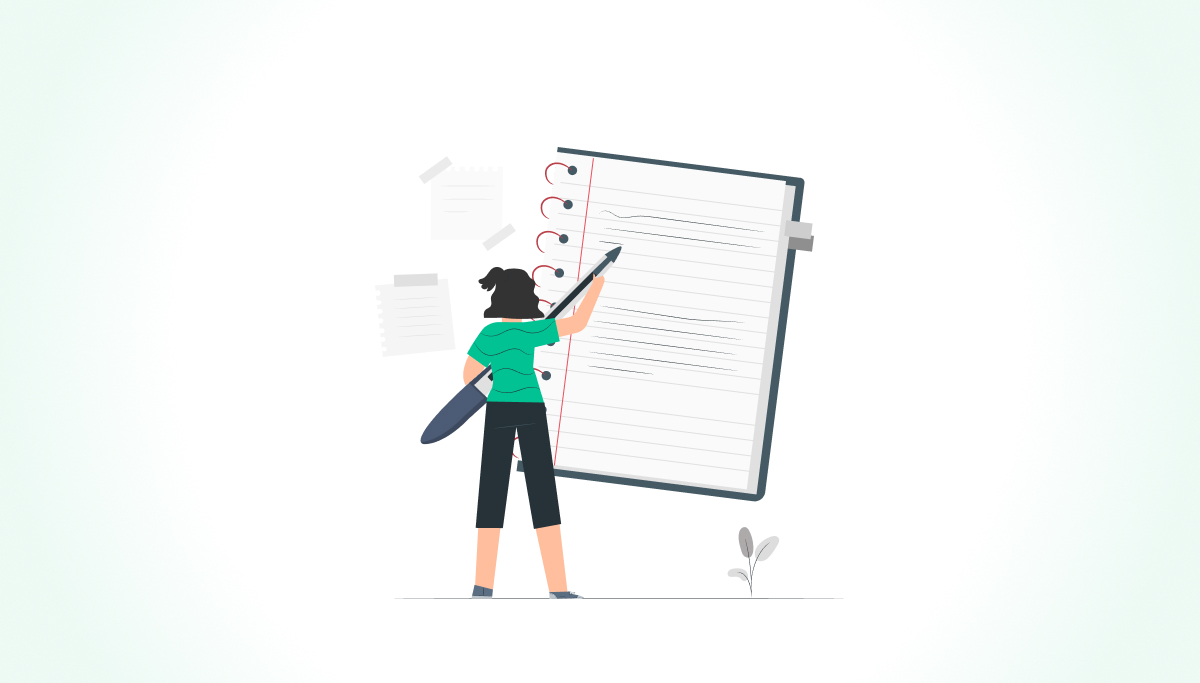Let’s consider these 20 digital customer touchpoints in the customer journey and their impact on SaaS products. These touchpoints have been stratified into customer acquisition, adoption, renewal, expansion, advocacy, and post-purchase touchpoints.
Customer touchpoint examples: Awareness Stage
The awareness stage is a critical touchpoint as it is the first time that customers come into contact with your brand. It’s your one chance to make a positive first impression and build a solid relationship with them.
Let’s discuss the saas customer touchpoints that are important at the awareness stage.
Interacting with online ads
Engaging with your online ads is the first point of interaction with a potential customer. Businesses use this marketing tool to increase brand awareness and drive sales through different channels (display ads, social media ads, and search engine ads).
When creating online ads, it’s important to offer value to the customer. This could be through personalized content, clear messaging, good visuals, and a deep understanding of the customer’s needs and preferences.
However, the main effort in creating effective online ads is to be transparent and avoid making misleading claims. So when they use your product, they get the value promised.
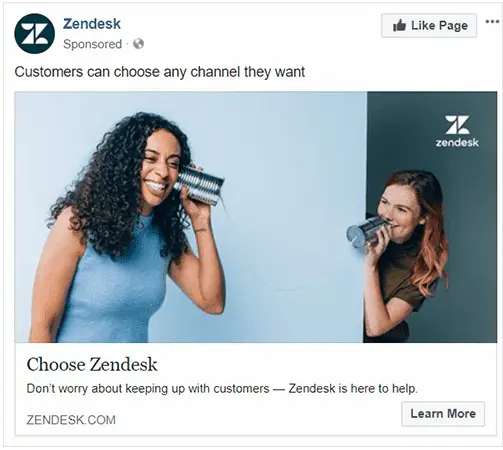
Find answers through Content marketing
When potential customers have a problem, they first go to Google and search for an answer. This would be the first customer touchpoint with your business.
Creating valuable content like blog posts, articles, and videos can be used to educate potential customers and introduce them to the company and its offerings.
Your content marketing should lead the reader into your sales funnel. Aim to provide value to your audience and build a solid relationship to help them trust you better.
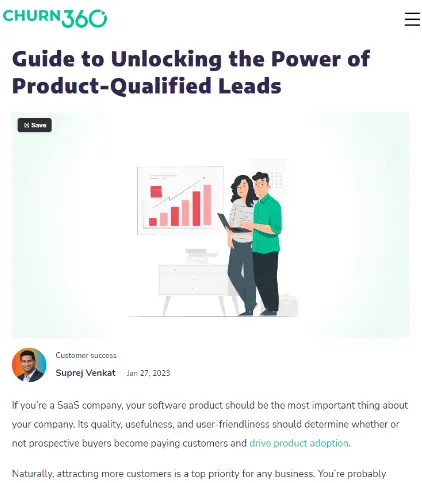
Engaging with your posts on social media
With over 4.9 billion social media users in the world, reaching your target audience is far easier these days. By having a presence on social media sites like LinkedIn and Twitter, your business can reach a larger audience faster and build authority as a thought leader.
Social media is also an effective way to showcase your products, and unique features to prospects who don’t know you. You can also share your blog posts to drive traffic and convert more users.
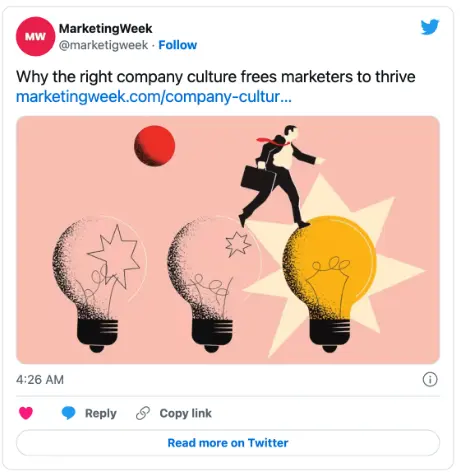
PR and media coverage
Press releases, media coverage, and interviews can also be used to introduce your SaaS product to a wider audience. When it comes to SaaS PR, the best way is to keep it simple.
Pitch journalists something exciting about your product so they can write about it. This could be an event, exciting news, a report—anything to get people talking about your SaaS product.
PR is also an excellent way to increase brand awareness and gain credibility among potential customers. Here’s an example from Apple.
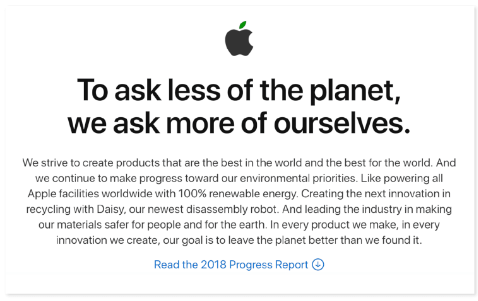
Product Launch Websites
After launching your product, a way to market it is to enter it into different product launch websites listing globally. Product launch sites like Product Hunt and Betalist play home to startups and promote new products to their audiences—most times for free.
Users who come to these websites can try out a product, upvote it, and oftentimes , stay on to become paying customers.
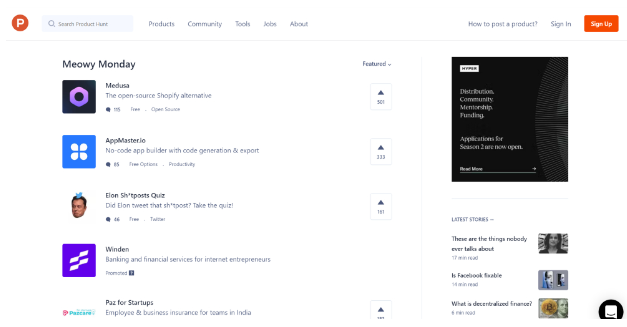
Reading reviews on product listing sites
People read reviews on product review sites like G2, Capterra before buying software to get an idea of its quality, functionality, and user experience. Reviews provide insights into a product’s strengths and weaknesses through feedback from people who have already used it.
The information gathered can help potential customers make informed decisions about whether the software is worth it or not.
As a business, reviews help your chances of getting discovered by your target audience. Good reviews show that your product is trustworthy, and that establishes credibility for your product. Take a look at Churn360’s reviews on G2.
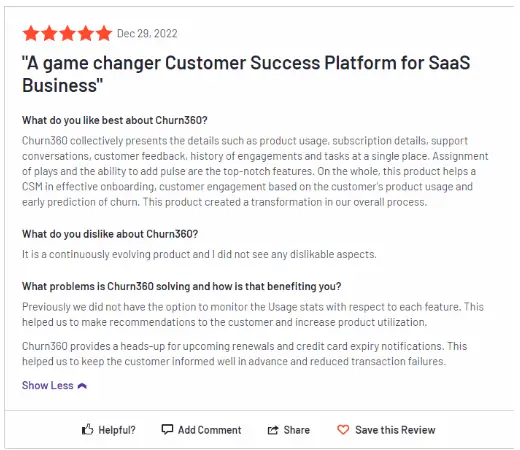
Customer touchpoint examples: Acquisition Stage
In the acquisition stage, the challenge is to engage potential customers and significantly influence their purchasing decisions. Here are some of the key customer touchpoints to take note of.
Booking a demo or signing up for a free trial
The demo and signup process is a vital phase in a customer’s journey. When a person is convinced that your product is a great solution, they try it out or book a demo call with your sales team before they make a purchase.
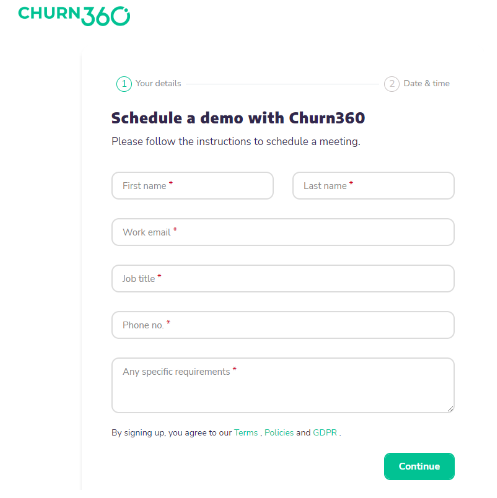
Your signup page is the first step in user acquisition; get it right, and you’ll convince users to keep engaging with your product. Take the chance to highlight the key benefits and value proposition of your product.
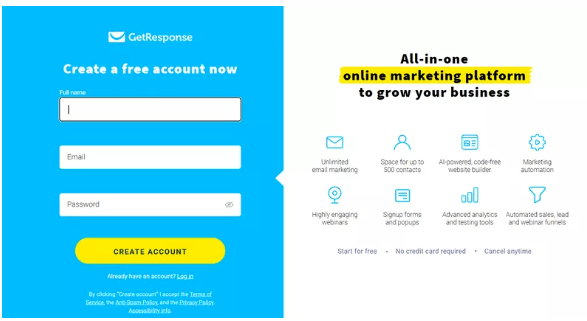
Usually, signup pages and demo calls are designed to gather more information about your users. So, make it a personalized experience to create a great impression on your customers.
Customer onboarding & welcome emails
Customer onboarding happens right after a user signs up to use your product. Your goal here is to show new users around your product, show them its value, and assist them in setting up an account.
Onboarding sets the stage for the user’s perception and expectation of your product. So, you need to make it seamless to make an impression. Collect information on the user to start personalizing their experience. Gather data about their job to be done, location, occupation, e.t.c., and segment users based on their replies.
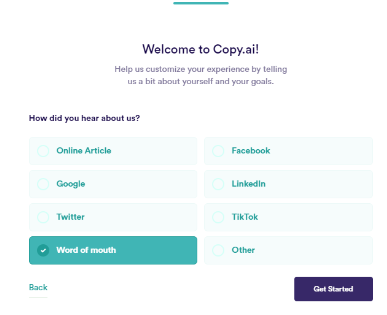
Customer touchpoint examples: Activation Stage
The activation stage is the customer’s first interaction with a brand after becoming aware of its existence. Here are some customer touchpoints to watch out for in the activation stage.
Experiencing the ‘Aha moment’
The “Aha moment” is the point in the customer journey where a user realizes the perceived value of a product. At this point, users become more invested in your product and begin using it more frequently.
The aha moment is a critical point in the customer journey because it leads to increased engagement, retention, and ultimately conversion into a paying customer.
Using a Self-serve resource or Knowledge base
Customers don’t like waiting if they need to speak to a customer care representative. It frustrates them. To avoid that, create a knowledge database with resources about your product.
Include relevant information, such as articles, instructional videos, whitepapers, documentation, tutorials, guides, etc., that customers can easily access to have their questions answered.
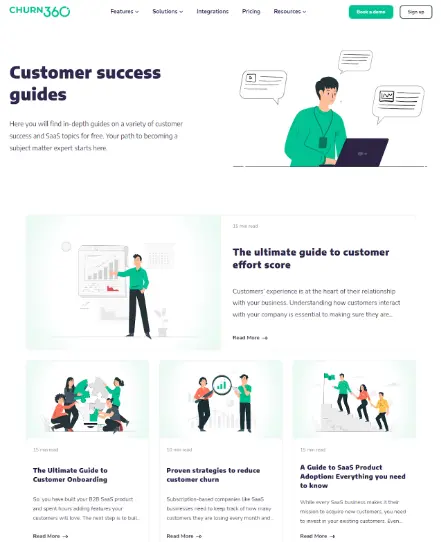
Discovering advanced features
Designing and shipping new features is pointless if users don’t discover them. Product managers often spend hours shipping new features only to hide them where users can’t find it
This is where feature discovery comes in. With feature discovery, you can educate users on the benefits and uses of the advanced feature in a non-invasive way. UI elements like modals and tooltips work great for helping users discover new products.
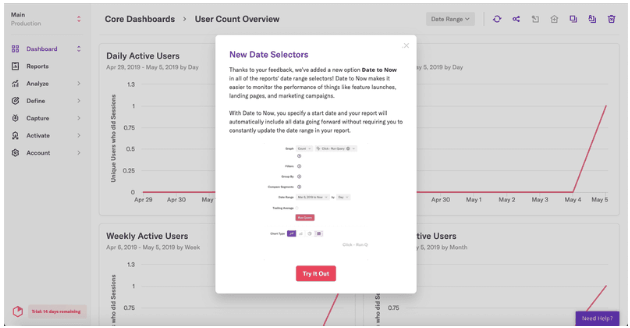
Customer touchpoint examples: Adoption Stage
The adoption stage of the customer journey is where customers begin to familiarize themselves with your brand and its products. Let’s break down the customer touchpoints that are essential at the adoption stage.
Online webinars and Video tutorials
Even after customer onboarding, don’t let users navigate your product alone.
Instead, provide helpful materials like online webinars and tutorial videos to answer their questions about the product. Offering self-paced learning like this helps users take their time and understand the features, depending on how complicated the instructions might be.
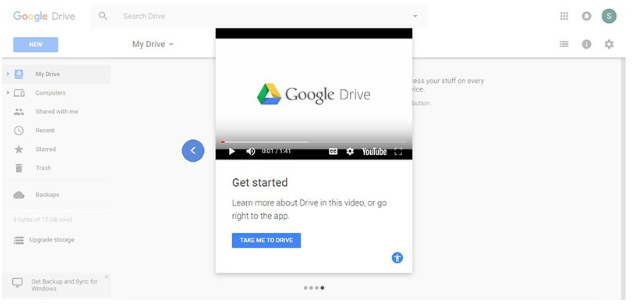
Email sequence on advanced features
Getting customers to try out more advanced features might be a bit tricky. As a product manager, you need customers to discover all the features they may need, but sometimes this doesn’t happen as planned.
With email sequences, you can gently introduce customers to your product’s more advanced features and better use cases. Customers can discover features easily and become more reliant on your product to achieve their goals.
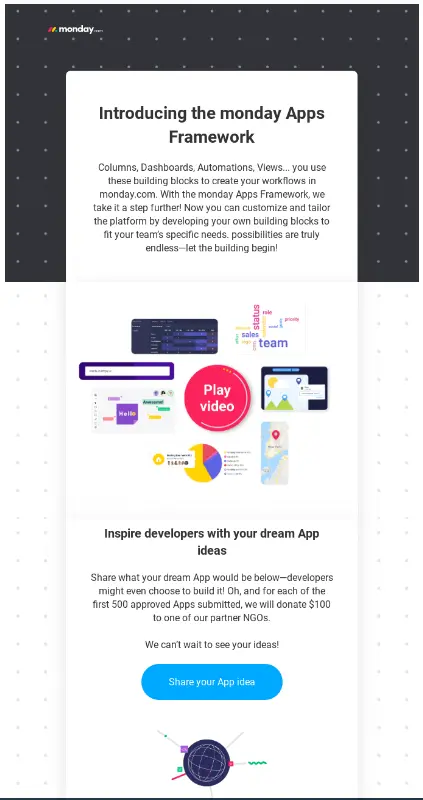
In-app notifications
Need to remind users about new features they haven’t tried out yet? In-app notifications are great for sending targeted messages to users without being too intrusive. When used properly, they can serve as a handy guide to successfully onboard new users, share new announcements, and maximize the customer’s lifetime value.
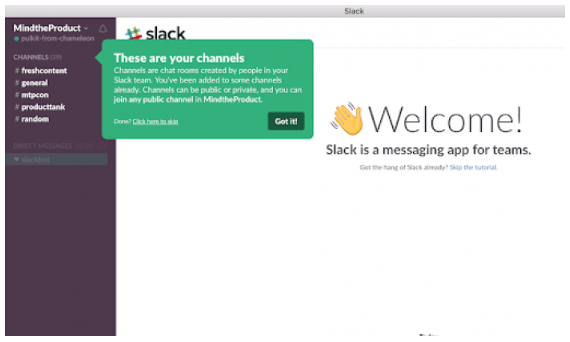
Virtual customer community & forums
Introduce your customers to a community where they can connect with other product users and get firsthand knowledge of key features. Communities create a stronger relationship between customers and brands, which can lead to customer happiness, retention, and loyalty.
Customers can learn new tricks about your product, ask questions, leave testimonials, and also give feedback about the things they like about your product. Here’s an example of a question in the Hubspot Slack channel.
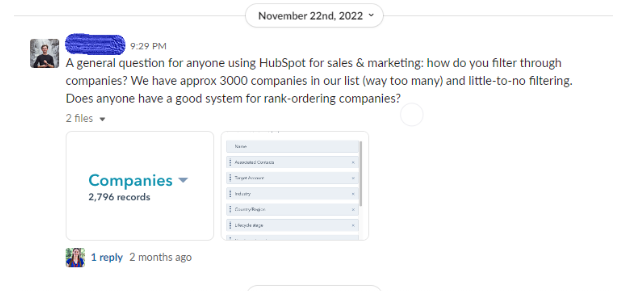
Send weekly report emails to remind customers of the value of your product
When prospects use your product, remind them of the benefits they derive from it.
Send personalized weekly report emails to reinforce the value proposition of your product and how it has helped them save time, increase productivity, or achieve other goals.
Grammarly is a great example of this. To keep their product top of mind, they send users a weekly report of their activities, including tips for using the product better. This way, Grammarly leverages an opportunity to upsell and showcase the benefits of its upgrade.
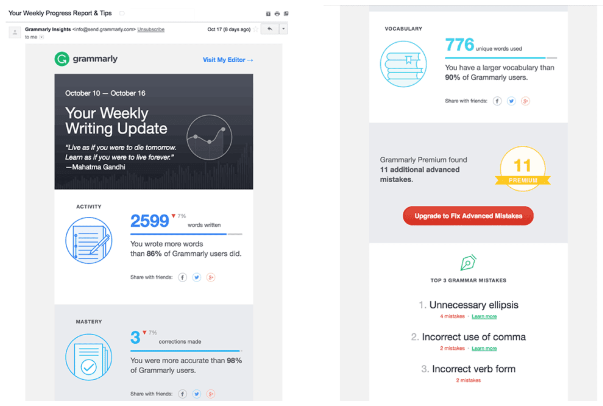
Customer touchpoint examples: Retention stage
The retention stage involves retaining customers that the business has already acquired. Your aim at this stage is to make customers feel welcomed, satisfied, and inclined to stick with your product.
Here are some examples of touchpoints in the retention stage:
Account upgrade from free to paid account
When customers upgrade from free to paid customers, it shows they’re ready to commit to your product. Your goal is to provide value so they can justify their payment.
Users must first identify the need for an upgrade before upgrading. Next is that they research and compare features, pricing, and benefits before choosing a plan that best meets their needs.
As a SaaS owner, ensure your upgrade process is seamless. Providing support is a must, in case they have an issues or questions.
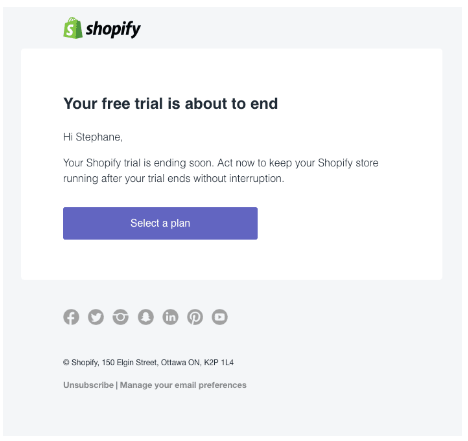
Billing features
A negative experience during the payment process can lead to friction and exacerbate negative side effects if not properly addressed. This could eventually affect a customer’s decision to purchase the product, making it a key aspect of the customer touchpoint.
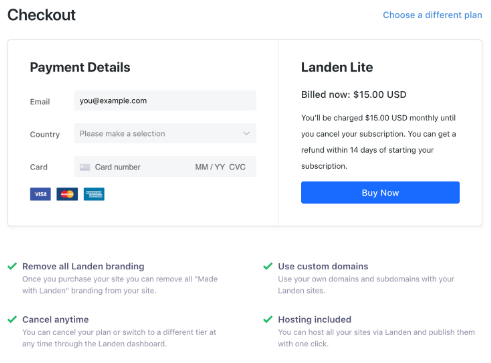
Account Renewal
This is a pivotal moment in your customer’s journey. It is the point where they decide if your product is worth a renewed subscription. If at the end of a paid subscription a user doesn’t see your product value, they could churn.
Therefore, you want to make this as frictionless as possible while reminding your customers of your product’s value.
Account Expansion
Account expansion involves upselling or cross-selling feature upgrades to your customers. You can upsell a higher subscription with advanced features or cross-sell a complementary product to your existing customers.
This can be triggered through emails, in-app modals, or product-led articles that describe the use of advanced features in detail.
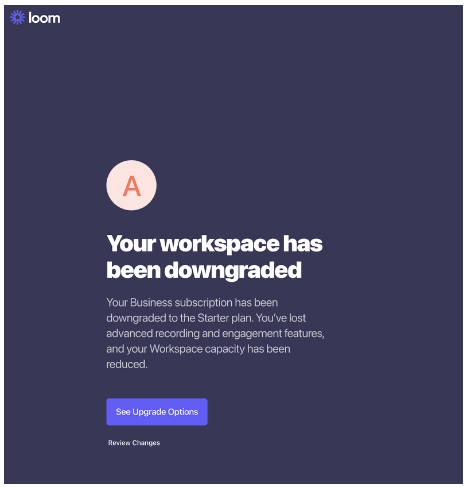
Customer touchpoint examples: Advocacy Stage
In the advocacy stage, customers are hooked on your product. Here are some examples of customer touchpoints in the customer advocacy stage.
Word of mouth promotion
Word of mouth marketing from your existing customers can be both online and offline. Although your customers can tell others about your product at any stage of the customer journey, you can encourage them to do so after completing specific stages of the user journey.
Ask customers to leave reviews online
At this stage of the customer journey, your existing customers would have stayed long enough to buy into your product’s vision. They are the best people to tell others about the advantages of your products and give firsthand insight into their experiences.
Ask customers to leave reviews via email, social media, in-app, etc. Responses could come with the use of stars or an emotion scale. Follow up the response with an open-ended question to ask customers for the reason for their response.
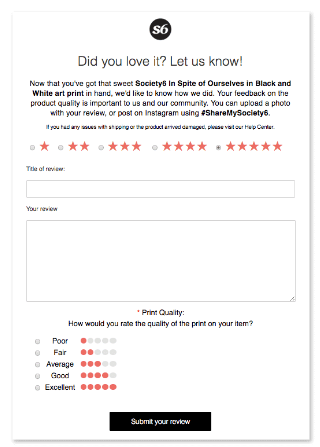
Loyalty programs
You can increase customer loyalty at this touchpoint by using incentives like referral and ambassador programs. People are more willing to spread the word about your brand when a reward is attached, especially if the customer experience has been smooth throughout.
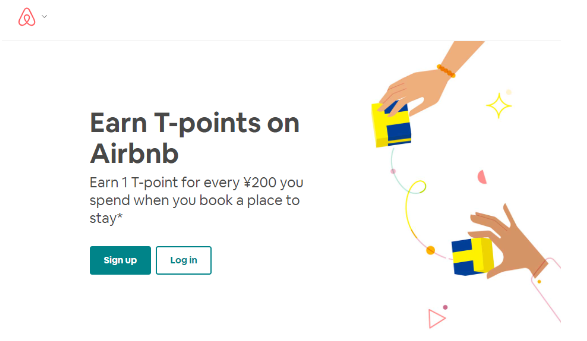
Customer touchpoint examples: Post-purchase
After customers make a purchase, don’t leave them to figure things out independently. Doing this can make customers frustrated and give them a reason to churn. Here are some customer touchpoints to watch for post-purchase.
Schedule a demo with one of our experts to take a deeper dive into Churn360
Book a demo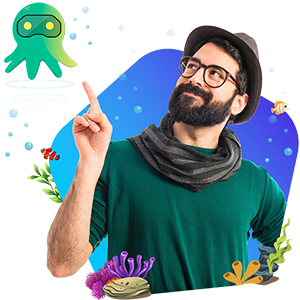
Order confirmation and Follow-up emails
Depending on the type of product you sell, the first thing you should do after a purchase is to confirm the details of the order. Subsequently, it is essential to follow up to see how the customer’s experience is going so far.
Customer satisfaction Surveys
Customer satisfaction surveys are great for getting into the users’ minds after they engage with your software. They’re designed to help businesses understand the users’ thoughts, opinions, feelings, and level of satisfaction with your software.
Keep your customer surveys simple. Only ask questions that are relevant and easy to answer on a binary scale (e.g., yes/no), an emoticon scale, or a number scale of 1-10. Surveys are perfect for getting important user data at various stages of their customer journey to help you fix issues and improve the customer’s experience. Use Customer satisfaction software to make the process more easier.
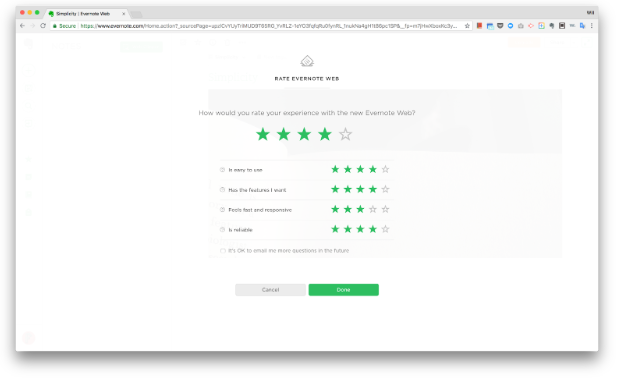
Customer churn survey
It’s sad to see a customer leave. However, when you sell a SaaS product, it’s inevitable.
When a customer is about to churn, trigger a churn survey to understand why they’re leaving. Ask questions about why they’re choosing to unsubscribe from your product.
For example: “Why did you stop using our product/service?” or “Did you find a better alternative?” Results from the survey will provide valuable insights into customer sentiment and help businesses identify areas for improvement. Here’s an example from Baremetrics.
